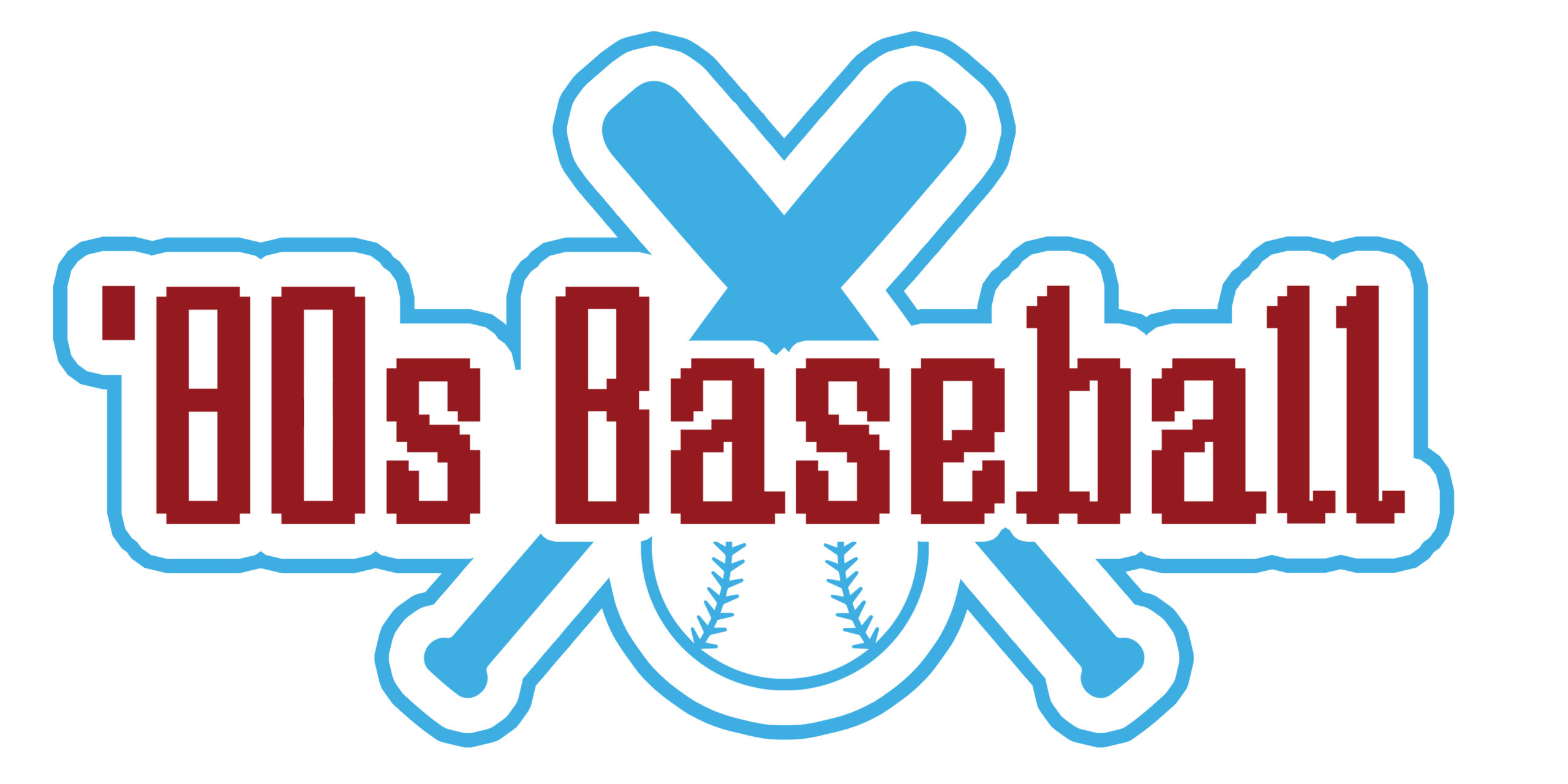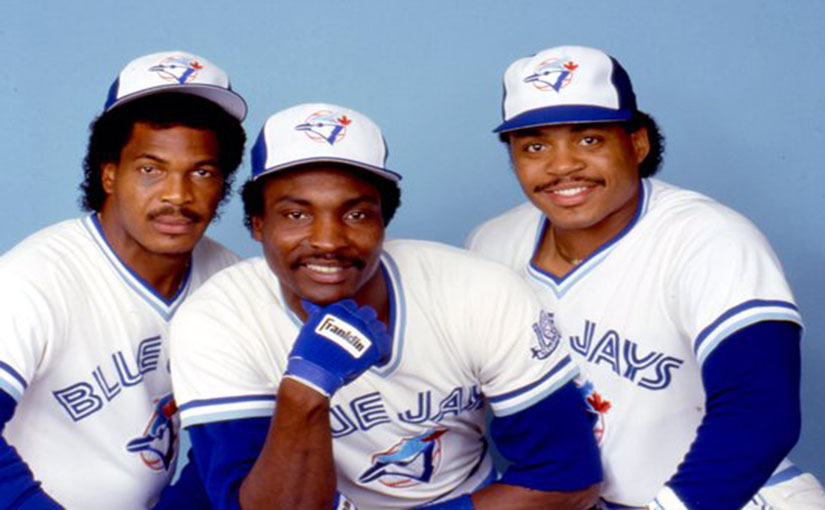NOTE: This is a guest post from Andrew Forbes
I recently attended a game with another writer whose task, appointed him by a Canadian newspaper, was to listen to me expounding for nine innings on why baseball was worth one’s attention. It’s something I’d have been happy to do, of course, even if I wasn’t promoting a book on the subject, and even if someone else hadn’t been paying for the tickets. As it happened the night was warm, the roof was open, the beer was cold, and the Blue Jays rolled over the Royals thanks largely to Josh Donaldson’s pair of homers, so I didn’t have to work too hard to convince the writer of the game’s charms. But what seemed to me the most significant moment of the evening came when he – a longtime resident of Toronto, but not a baseball fan – told me that he hadn’t been to a game since the Jays’ Exhibition Stadium days, meaning since 1989.
I’m aware of the company I’m likely to have on this site, namely others who remember baseball as it was played in the ’80s, so it won’t damage my pride to let slip that I do recall with some clarity the time and place he sketched. What I remember of the place was that the Ex was a terrible spot for a ballgame, with its inelegant configuration, hard aluminum bleachers, and that awful, unyielding turf which essentially amounted to bright green plastic carpeting spread over a parking lot. It looked bad and it played worse; your knees hurt just looking at that stuff.
But I’m reminded, too, of what used to occur on that surface, specifically the broad space beyond the circular sliding pits, the expanse of ground from foul pole to foul pole, and of the men who for a handful of years stood sentinel over it, from left to right: Bell, Moseby, and Barfield.

George Bell was the thumper, a three-time All-Star and Silver Slugger whose best season came in ’87, for which he was named MVP. Bell was brash and sure.

Lloyd Moseby, in center, was smoothness personified, an easy-loping vacuum. Shaker was good for 20 homers and 75 RBI a year, give or take, but his greatest value lay in chasing down balls.

Jesse Barfield was, in my remembering, the most low-key member of the trio, though no less affable than his mates. Indeed it’s their smiles that shine still across the decades, a high-wattage triple beam display which hints at the optimism projected onto a team not yet a decade old when it captured its first division crown in ’85. But the thing about Barfield was his magnificent right arm – one of the best defensive weapons there ever was. He was a trebuchet erected in right field, his entire body functioning as a counterweight to sling that arm at great velocity, releasing the ball to find its target with frightening accuracy. If you chose to run on Jesse Barfield, the odds were good he’d gun you down.
Barfield was also a gunner at the plate, though his precision there lacked, which is to say he struck out a lot. But when he connected, good things often happened. In 1986, he connected more than he ever had before, and more than he ever would again: 40 HR, 108 RBI, a .289 average. He was the Home Run King, an All-Star, a Silver Slugger, a Gold Glover, and recipient of the fifth-most votes for AL MVP.
When that season ended I was in the 5th grade, and my teacher was Ms. Delvillano who, though I was then incapable of assessing such things, it seems to me now was probably in her twenties. Tall, with extravagantly large blonde hair, often strict, with a big shouting voice, and large tinted eyeglasses, I could tell even from within the hot stew of pre-adolescence that she was beautiful. This was, you’ll understand, tremendously confusing for me.
Ms. Delvillano was also, as luck would have it, a baseball fan. And though she lived and taught in suburban Ottawa, some 250 miles from Toronto, she had some sort of connection to the Blue Jays’ front office. Whether that connection was romantic, platonic, or familial, it did not then occur to me to wonder. One way or another the result was that, in addition to bringing us outside on fine days to play soccer-baseball, and pulling out a radio so that we might listen to matinee games while doing busy work, she was able to bring in one of Barfield’s bats, which we pawed with reverence and tried unsuccessfully to swing, as well as a large Blue Jays logo printed on a plastic disc, roughly the size of those which used to rest near the on-deck circles of Astroturfed stadia, back when such things flourished across the landscape. The disc was tacked to the class bulletin board nearby a clipping from a sports section’s front page (the Toronto Star, I think) from which grinned a caricatured Barfield, beneath the words HOME RUN KING.
Barfield was my guy, then, if you’d asked me for a favorite. He was speed and, at least for that season, power. He was a salve to the sting of the ’85 ALCS loss in seven games to those same Royals. He was Ms. Delvillano’s favorite. She told me so.
Things end, invariably. That winter I accidentally hit Ms. Delvillano in the face with a snowball, and the ensuing week-long detention, which I’d briefly envisioned to be just me and her, alone in the portable, talking baseball, was instead silent and chilly. As the school year wrapped over into the ’87 season it was Bell, not Barfield, who provided the team’s pulse, while Barfield sunk back toward his career numbers. By the time I’d finished the 5th grade that June the Jays were in first; they’d eventually wind up thirty games over .500 but finish a disappointing second, two games back of the Tigers. They were a middle of the pack club in ’88 before storming back to a division title in ’89, but that was a feat done with a different outfield unit. The Jays’ vaunted trio met its demise when Barfield was dealt to the Yanks for Al Leiter early that season. Junior Felix took over in right.
Bell was a Cub for a season, in ’91, then took the Dan Ryan Expressway to the South Side, spending his last two years with the White Sox. Moseby left as a free agent after ’89 and wound up in Detroit. Barfield and Shaker reunited in Japan, improbably, playing in ’93 for the Yomiuri Giants. The Blue Jays were winning titles then, but it was at the SkyDome, not the Ex, and everything about them was different. They’d become big free agent spenders while attracting four million fans to a state of the art facility. It was the nineties, and I was in high school. Nothing was ever the same again.

Andrew Forbes’s work has been nominated for the Journey Prize, and has appeared inThe Feathertale Review, Found Press, PRISM International, The New Quarterly, Scrivener Creative Review, This Magazine, Hobart, The Puritan, All Lit Up, The Classical, The Cauldron, Eephus, and Vice Sports. His first book, the story collection What You Need, was shortlisted for the Danuta Gleed Literary Award and named a finalist for the Trillium Book Prize.The Utility of Boredom: Baseball Essays is his second book. Forbes lives in Peterborough, Ontario.



Love the article, George Bell was once of my favorite players growing up. (As a Minnesotan, my favorite was of course Kirby Puckett 🙂 And had great respect for the Blue Jays and especially that star studded outfield.
Thanks for reading, Matt!